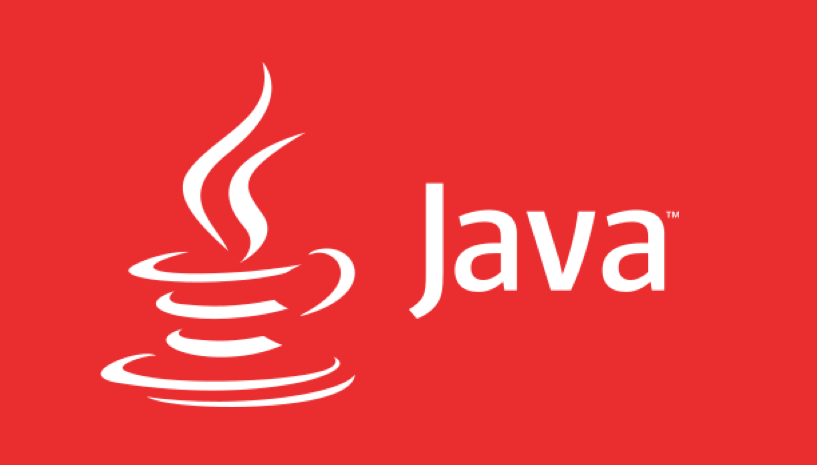Introduction
The Java programming language is object-oriented and procedural. Java enables both automated memory management and dynamic compilation. The native language of this program is C/C++.
Java is one of the world’s most extensively used programming languages. Java, created by James Gosling and his team at Sun Microsystems in 1995, was intended to be a versatile, object-oriented, and platform-independent language. Today, Oracle Corporation maintains it and is a dominating force in software development. Java is a platform-independent. It means a program written in one platform is able to execute any platforms.
It is useful in developing applets. Applets are useful in enhancing the user interface within that application. Applets provide GUI (Graphical User Interface) and object interaction to the users. The applets run in the web browser with JVM. The source code compiled into JVM is bytecode. Java uses an interpreter which parse the bytecode and execute it to the computer.

Features of java programming language
Simple and Secure
It is simple. Java does not include complex features. It uses a bytecode. Java compiler converts the code into byte code. The bytecode verifier filters the bytecode and checks the available bugs. This makes java secure.
Object-oriented programming.
The benefit of OOP is it has the ability to reuse the defined objects and modify existing objects. It saves programming time. The main feature of OOP its reliability. With this OOP approach, data and the program can be packaged into a single unit called object.
Robust and portable.
Robust means reliable and strong. It applies strong memory management, exception handling etc. The code can execute on all platforms. The jva program is platform-independent.
Platform Independent.
It is platform-independent. It is a different programming language. Reusing the code saves time and effort. A code can that has written in a specific platform can be reused in other platforms too.
Multi-threading and high performance.
The main purpose of multithreading is to offer synchronized execution of two or more parts of a program. Multithreading utilizes CPU time. This program uses multi-thread and has high performance. It is an interpreted language programming language.
Rich API
This includes a large number of libraries and APIs for networking, data structures, utilities, and other areas, making development easier.
The Architecture of java programming
The JVM executes Java applications that have been compiled into an intermediate form known as bytecode. This architecture contains:
- Development Kit (JDK): A software package containing the compiler, debugger, and libraries required to create different applications.
- Runtime Environment (JRE): Contains the JVM and libraries required to run programs.
- The Java Virtual Machine (JVM) translates Java bytecode into machine-specific code and runs it and Apache Spark.
Java programming applications
- Web Development: Technologies such as Servlets, JSP, and Spring Framework are commonly used to create web applications.
- Mobile Development: Java is used largely to build Android applications.
- Enterprise Applications: Java EE (Jakarta EE) is a standard platform for building large-scale corporate applications.
- Many game engines and frameworks rely on Java for game development.
- Big Data and Machine Learning: Java is utilized in big data frameworks such as Apache Hadoop and Apache Spark.
- Embedded Systems: Many embedded and Internet of Things (IoT) devices run Java.
Structure of java programming
A typical java programming includes the following components:
- Package Declaration: This specifies the package in which the class is defined.
- Import statements are used to include external Java libraries or classes.
- Class Declaration: Every application must include at least one class.
- The Main Method is the starting point for any application (public static void main(String[] args).
- Statements and Expressions: The actual logic of the program is written within methods.
- Comments are used to increase code readability.
Example of a basic java programming:
// Package declaration (optional)
package mypackage;
// Import statement (optional)
import java.util.Scanner;
// Class declaration
public class HelloWorld {
// Main method - entry point
public static void main(String[] args) {
System.out.println("Hello, World!");
}
}



hentairead I appreciate you sharing this blog post. Thanks Again. Cool.
“Amazing post, keep up the good work!”